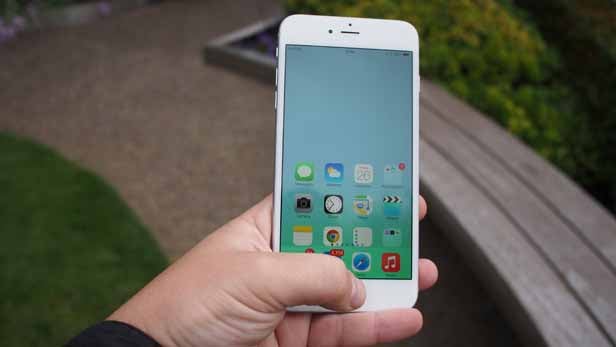Future iPhone to feature OLED display, new report suggests

Apple is in talks over funding a new LCD display factory that could one day produce OLED panels for future iPhones, a new report suggests.
Japanese news site Nikkan claims Apple is currently working through a deal with Japan Display that would see the Cupertino-based company provide the capital to set up the factory.
The actual plant would be built in Ishikawa, Japan next year, with the agreement tipped to be valued at around 200 billion yen (£1.09bn).
The factory would initially be used to produce the low-temperature silicon displays currently found on the iPhone 6 or 6 Plus.
The report suggests, however, that Apple could eventually repurpose the factory to build OLED panels.
Apple already uses OLED displays on its Apple Watch, but the iPhone 6 uses comparatively lower quality LCD displays.
Related: iPhone 6S release date
The main advantage of OLED displays is that they produce their own light, meaning they don’t need a backlight.
This means they can turn off individual pixels to display true black. The lack of backlight also means phones can be thinner and lighter, and save more power.
The report does note that the Japan Display factory wouldn’t provide exclusively to Apple, with the deal reportedly allowing the company to retail its wares to competitors.
Apple had a similar deal with GT Advanced Technologies whereby it funded a factory to build sapphire crystal displays for the iPhone 6.
This deal infamously collapsed however, resulting in significant legal complications.
Update: Japan Display has just announced a new smartwatch display that promises to run down your battery at 0.5 per cent the speed of a standard LCD display.
This is thanks to it being based on reflective display technology, whereby the screen reflects ambient light to display content on an always-on screen.
Considering battery life is the biggest concern over the upcoming Apple Watch, it is definitely interesting that Apple might be building a display factory for a company that has just announced a hyper-efficient smartwatch display.
It must be noted however that reflective displays are useless at night. Its sister technology, transflective displays, boast a back-up backlight for night-time viewing, which would be a much more sensibile choice for the Apple Watch.


